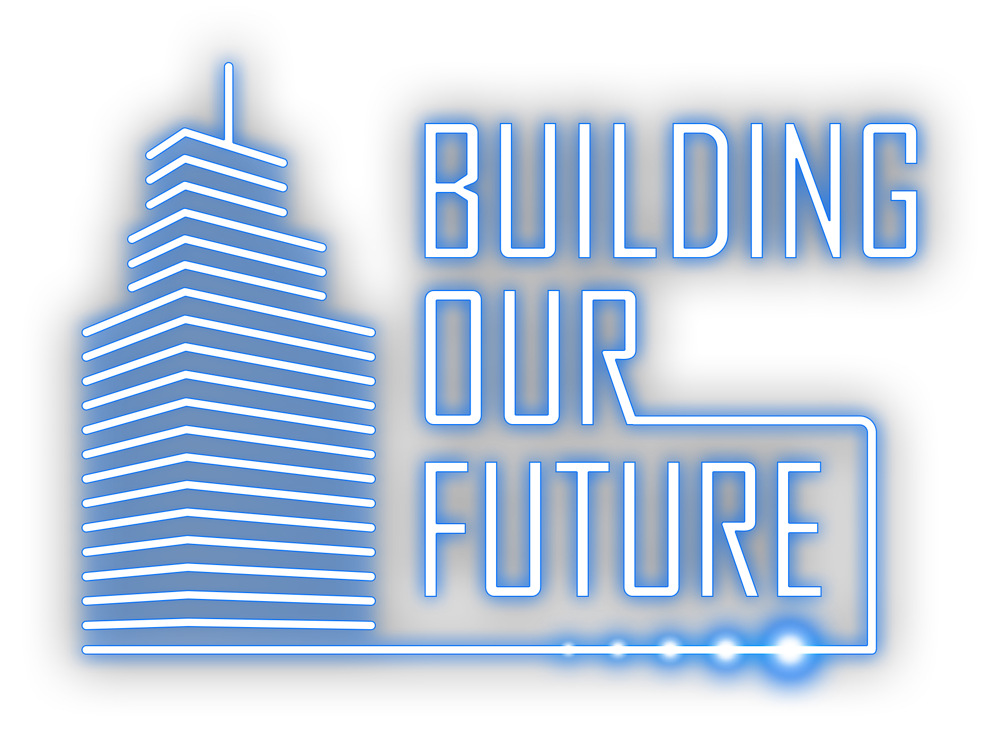#8: Nathan Koren | Founder, Podaris
How can digital collaboration tools help deliver major infrastructure projects in a more timely and less costly manner? What is the future of transport?
In the 40 years leading up to 1870, Great Britain managed to construct more rail network (13,500 miles) than exists in the country today (10,072 miles). Since then, transport infrastructure delivery has become slower and more expensive as projects require both more experts but also, in a more democratic society, more stakeholders.
Nathan Koren has designed a digital collaboration tool at Podaris which enables real-time collaboration & stake-holder engagement, which he believes will lead to faster, more accurate, more creative, and ultimately more inclusive, transport infrastructure planning. With real-time collaboration, increasing numbers of stakeholders & experts can be an advantage (additional creativity and thought), rather than a disadvantage (additional complexity, time, costs).
Nathan is an architect, transport planner, software engineer and entrepreneur. Having worked for many years as an architect specialising in sustainable transit-oriented developments, Nathan became interested in how new transportation technologies could positively influence urban design. This led him to work on planning and design stages of urban-scale Automated Transit Networks, before launching Podaris to tackle the issue of collaboration.
There are several tools aiming to act as the single source of truth in construction projects (for example, BIM level 4) but creating a single model that accommodates all the needs of planners, economists and engineers needs enormous complexity. At the heart of Nathan’s ethos is ensuring that the Podaris design is sufficiently sophisticated to ensure that all key decisions can be made but simple enough so that it focuses on just the key shared information. It achieves this by acting a parametric model with key data in the cloud and APIs to stay synchronised with 3rd party software.
We touch on the issue of Big Data and it’s worth taking a look at the data pyramid. The point is to remember that contextualised data is meaningless. We need to provide context to turn it into information and process the information to make knowledge. We can then implement that knowledge in the for of wisdom. It’s worth bearing in mind next time you consider gathering data!
Nathan previously worked on the autonomous Heathrow POD system (designed by Ultra Global PRT). We discuss the benefits and why it has failed to take off elsewhere.
Given Nathan’s background, it may be surprising that he predicts that the transport mode of the future will be feet. In the context of our conversations with Chris Choa, Andrew Waugh and Vanessa Butz about the importance of human connectivity, however, this seems more logical. As information becomes more democratic and widely available, Nathan sees a growing importance of human concepts of trust and creativity which require direct relationships to flourish and argues that it’s in dense urban environments where this will continue to flourish.
For those, like me, looking forward to recapturing green urban spaces through the Autonomous Vehicle revolution, Nathan offers some pretty glum thoughts! While AVs may lead to less cars sitting idly (cars are parked for 95% of their average lives), the supply / demand nature of AVs is likely to mean that it will lead to more cars on the road. Moreover, they may not offer the panacea to traffic congestion which I’d assumed they would. Nathan argues that:
- The issue of slow acceleration from traffic lights will only be slightly improved. Cars will not be able to simultaneously accelerate at an equal rate. If AVs will need to retain safe stopping distances between one another, it follows that cars further back at the slights will need to accelerate at increasingly slower rates in order to achieve that stopping distance.
- Secondly, while the issue of standing wave congestion may be solved, given that there’ll be more cars on the road (see above), AVs will accommodate more capacity by slowing down (the slower you go, the smaller the safe distance between cars and the more cars can be fitted onto any given road). The optimal speed under these circumstances will be just 13-16mph!
Nathan’s favourite building is the Pantheon in Rome. If you’re in any doubt as to whether or not you should visit, I’ll leave to listen to his explanation as to why you should.
In terms of innovation, the use of CLT and computational manufacturing in buildings is what excites Nathan. His hope is that, as digitisation increases in the building manufacturing process, we may soon get to a point where we can achieve extraordinary detail at relatively low-cost. While detailed stone masonry of the past required teams of highly skilled masons (often economically unfeasible in the modern era), machine manufacturing combined with a skilled stone 3-D modeller, for example, could make this kind of work the norm.



